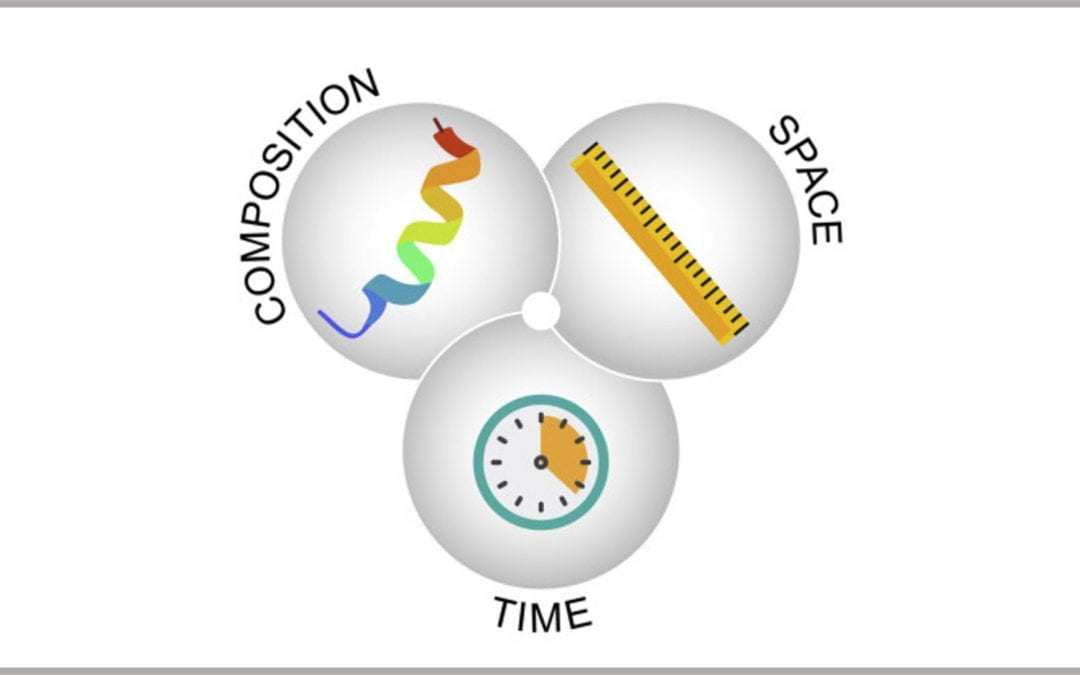The National Institutes of Health Office of Strategic Coordination convened a virtual meeting to foster discussion among experts on existing gaps and opportunities within the functional proteomics field. Organized by the National Institutes of Health Office of Strategic Coordination, in collaboration with Workshop Co-Chairs (Kristin E. Burnum-Johnson and Neil L. Kelleher, director of Northwestern’s Chemistry of Life Processes Institute and Northwestern Proteomics) and HuBMAP-funded principal investigators, this meeting engaged proteomics and atlasing experts in discussions designed to (1) identify how functional proteomics tools, methods, and datasets can be integrated to accelerate the development of comprehensive spatiomolecular tissue maps that generate new biological insights and (2) develop a prospective publication that articulates a vision of the field, including state-of-the-art and near-future tools and methods, a roadmap for integrating multiple proteomics data types (e.g., spatial proteomics, single-cell proteomics), and an articulation of the most important knowledge gaps.
Proteins are the primary conduit connecting our genes to complex traits including the diseases that afflict us. While the genome provides the “biological script,” proteins run and fill it with life. Given this critical role, the enormous complexity of the proteome, and the pace of technology development, the authors highlight strategies and opportunities for proteomics in the coming decades. Compared with the deep coverage of DNA in the genome through sequencing, our ability to detect proteins achieves only ∼0.1× coverage of the proteome (1). To fill this proteomic gap in the coming years, the authors argue for accelerated technology development, concerted efforts across laboratories, and large consortia with meaningful data integration. These advances will need to match the complexity of our biology, enabling the emergence of new enterprises to boost detection and develop interventions that will reliably extend our life spans and quality of life.
